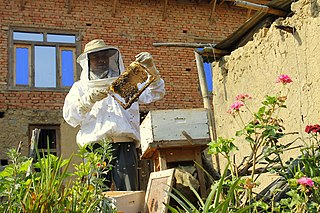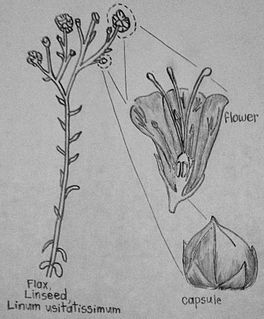 W
WIn Nepal, the economy is dominated by agriculture. In the late 1980s, it was the livelihood for more than 90% of the population, although only approximately 20% of the total land area was cultivable, it accounted for, on average, about 60% of the GDP and approximately 75% of exports. Since the formulation of the Fifth Five-Year Plan (1975–80), agriculture has been the highest priority because economic growth was dependent on both increasing the productivity of existing crops and diversifying the agricultural base for use as industrial inputs.
 W
WBreeding and care for farm animals for economic, cultural and religious reasons, also known as animal husbandry, is a growing occupation in Nepal.
 W
WNepal is known for its ancestral technology of beekeeping: geographical conditions and lack of modern equipment have forced the collectors to risk their lives. Apiculture in Nepal began 20 years ago but is still not very developed. Different species of honey-producing bees are found in Nepal. Only two of them are raised for apiculture: Apis cerana and Apis mellifera. These species have several qualities that are desired by humans and are vital for the pollination of flowers and forests. Bees are also useful for agriculture which is an important activity in Nepal but they have become threatened by deforestation and parasites.
 W
WThe production of flax and other oilseed crops peak in the temperate climates of the middle mountain and hill farming regions in Nepal. Flax matures in approximately 90 to 125 days and develops most rapidly under the cool, short season of growing. The middle hill region of the Lamjung district exemplifies an ideal climate for flax production experiencing consistently cool temperatures for most of the year. The shallow rooting system makes the plant especially susceptible to drought and excess moisture in the soil but easier to harvest. Most cash crops are grown in the hill regions of Nepal as this is where two-thirds of the subsistence farmers reside, who need to produce just enough food to feed themselves and their families.
 W
WThe Ministry of Agriculture and Livestock Development is a governmental body of Nepal responsible for the growth and development of agriculture sector in the country. Local areas each have a District Agriculture Development Office (DADO). The Ministry of Agriculture and Livestock Development is the central apex body of Government of Nepal to look after the agriculture and allied fields.
 W
WNational Paddy Day is an annual festival in Nepal which marks the beginning of the rice planting season. It is celebrated on the 15th of Ashadh every year. The festival is also named Ropain Diwas, Dhan Diwas, and Ashadh Pandra.
 W
WSikta Irrigation Project is one of the National Pride Projects of Nepal. The intake is in the Rapti river in western Nepal. There are two canals with the capacity of 50 m3/s each. The length of canal is 45.25 kilometres in the western section and 53 kilometres in the eastern section. The canals are constituted into 3 phases. As of 2019, 60% of the project has been completed.